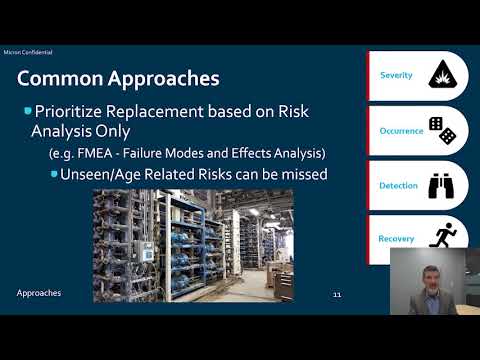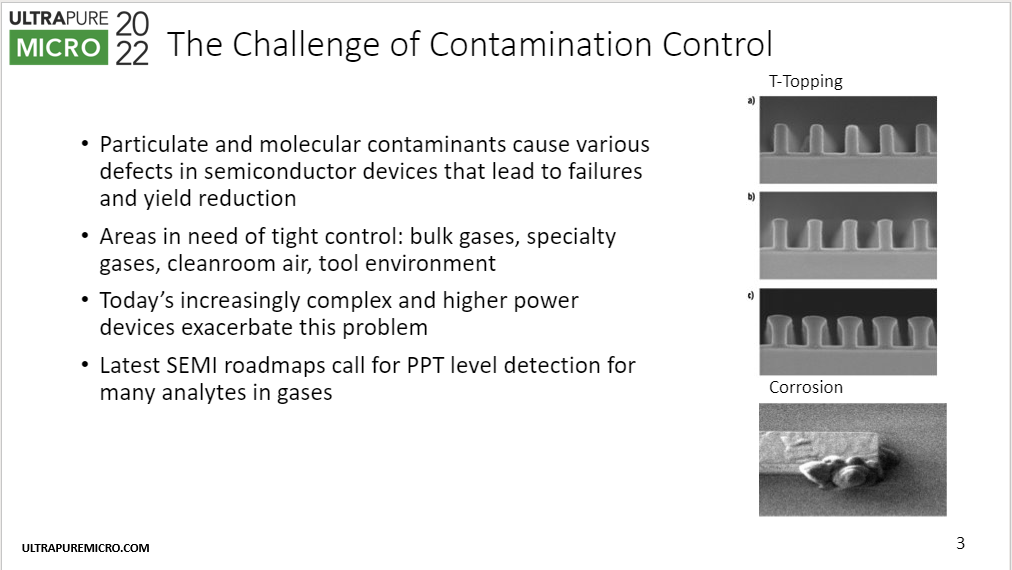Microanalysis: A novel method to characterize and speciate contaminants in Ultra Pure Water (UPW) and other aqueous chemicals
Date Published 2020 | Conference materials
Log in or Join UltraFacility to access this content
To access our resources you will need to be a member of UltraFacility, log in to your account or purchase a membership to view this content.
Already have an account? Log in
This presentation was given at the Ultrapure Micro 2020 annual conference. It was presented in the Ultrapure Water Production track, as part of the Wafer Contamination Control - Particles Monitoring session.
Authors: Suwen Liu, Mitchell Kilroy,
Tags: Case StudyUPW PolishingMetrology and Analytical TechnologyHydrogen Peroxide (H2O2)UPW System
Related content
Conference material | 2018
Semiconductors: Driving Innovation and Changing the World
Conference material | 2018
Development of an Online Urea Monitor for Ultrapure Water Production in Semiconductor Fabrication Plants

Conference material | 2021
Risk centered asset management

Conference material | 2022
Multi-Species PPT-Level Impurity Detection in Electronic Bulk Gases Using Atmospheric Pressure Ionization Mass Spectrometry
Back to results